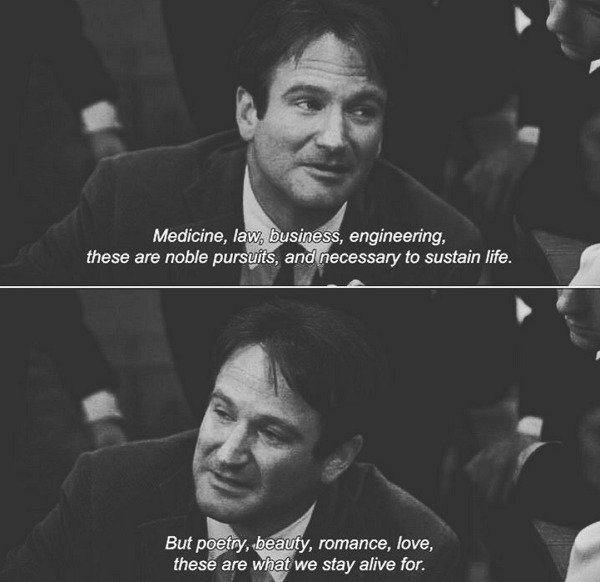

Robot, which often references the era, or current and in-development TV reboots like MacGyver, Lethal Weapon, Magnum, P.I., Dynasty, and The Lost Boys.) Look at all the films, both recent ( Mad Max: Fury Road, Pixels, Ghostbusters, Sing Street) and forthcoming ( The Dark Tower, the Blade Runner sequel, a second Friday the 13th reboot, the It adaptation, and, so help me God, another Smurfs movie) that revisit the movies, music, and video games that first went mainstream back then. (That doesn’t even include modern shows like Mr. Look at TV, where The Americans, Red Oaks, Halt and Catch Fire, The Goldbergs, Deutschland 83, Stranger Things, and the strongest episode of Black Mirror season three, the 1987-set “San Junipero,” all take us back to the time of the Back to the Future trilogy. Its spindly, E.T.-like fingers still seem to be touching almost every form of popular entertainment. Simpson case, and the triumphant return of the choker can attest, not to mention practically every BuzzFeed listicle ever written.

It seemed like the answer might be yes, but it wasn’t.Ĭertainly a fair amount of ‘90s nostalgia has taken hold during the 2010s, as Fresh Off the Boat, Fuller House, the promise of Clueless coming to Broadway, renewed interest in the O.J. An article in the Guardian in early 2010 asked whether our trip back to the ‘80s had finally run its course. The number of ‘80s revivalist movies or reboots released that year - Hot Tub Time Machine, Wall Street: Money Never Sleeps, Nightmare on Elm Street, The Karate Kid, Tron: Legacy, Clash of the Titans, The A-Team - provided the evidence of oversaturation. A pop-punk remake of “The Boys of Summer” was even a hit in 2003 to make that fact even more ‘80s, it was recorded by a band called The Ataris.īut by 2010, it felt like we had hit peak Pac-Man. The Killers and Interpol echoed the sound of New Wave, Missy Elliott sampled Run DMC, and music by artists like Andre 3000 and Beyoncé was sonically infused with a streak of Prince’s purple badness. A production of Xanadu ran briefly on Broadway, followed a few years later by hair-band celebration Rock of Ages, which planted its Spandex in Times Square and stayed there for years. TV shows like Freaks and Geeks, showing up a tad early to the party in 1999, the inevitable That ‘80s Show, and Everybody Hates Chris flashed back to what, in the new millennium, now qualified as the wonder years. Indie and art-house movies ( Donnie Darko, The Squid and the Whale, Adventureland) as well as mainstream blockbusters ( Transformers, Indiana Jones and the Kingdom of the Crystal Skull, Watchmen) hearkened back to the era. Like the 1950s fascination that swept through the 1970s (see: American Graffiti, Happy Days, Grease), the obsession with the ‘60s that coursed through the ‘80s ( The Big Chill, The Wonder Years, Dirty Dancing, the rise of classic rock), and the presence of the 1970s in the pop culture of the 1990s ( Dazed and Confused, That ‘70s Show, Boogie Nights), the ‘80s wave began to rebuild in the 2000s, precisely on time. (But not, for the record, longer than Duran Duran’s career, which is still going relatively strong.)Ī fondness for the era of synth-pop first emerged like clockwork, right on America’s usual nostalgia schedule: roughly 20 years after the ‘80s ended. Our cultural fixation on the Duran Duran decade has now officially lasted longer than the decade itself. I note all of this not to suggest that New York Times trend pieces, like history, often repeat themselves, but to underline a truth that anyone who consumes TV, music, or movies already sees as self-evident: that the ‘80s has not, and seemingly will not, go away. And that third confirmation that the ‘80s are alive and well, particularly fashion-wise? That appeared in the Times just six months ago, in April, 2016. The second took note of the revival of the dawn-of-MTV decade, particularly within the world of music, just a year later, in 2002. The first one, in which Michiko Kakutani argued that nostalgia for the 1980s had fully infiltrated American culture, was published in April of 2001. Those are three headlines from three different New York Times trend pieces written at three different points over the past two decades. “Don’t You Forget About Me! The Formerly Irredeemable ’80s Return.” “Get Out Your Shoulder Pads: The ’80s Are Here.” Photo-Illustration: Maya Robinson/VultureĪll week on Vulture, we’re examining ‘80s pop culture, and how it lives on today.


 0 kommentar(er)
0 kommentar(er)
